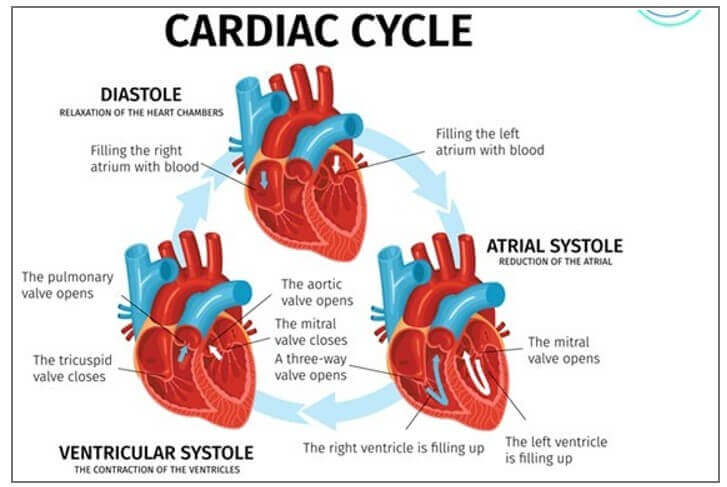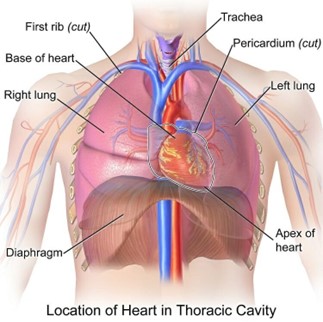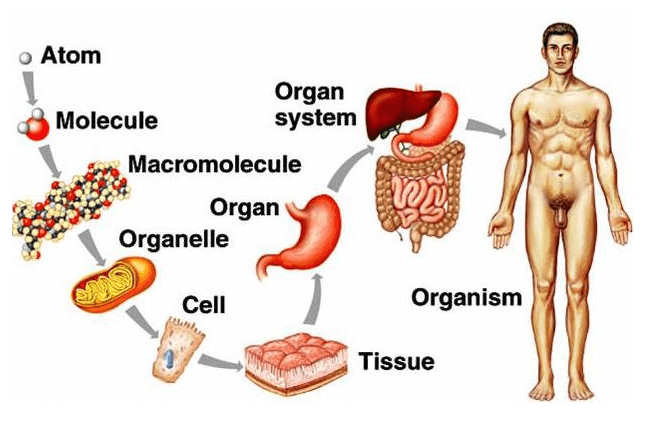Parasitic worm infestation is hypothesized to be damaging to the host. However, scientists have recently discovered that worm infestation can relieve the effects of certain autoimmune disorders. In which of the following ways should the hypothesis be modified, given the new findings?
A. Worm infestation prevents the body from immune malfunction.
B. Worm infestation reduces the severity of certain autoimmune disorders.
C. Lack of worm infestations is the cause of some autoimmune disorders.
D. Worm infestations exacerbate the body's immune reaction.
Given the new findings that worm infestation can relieve the effects of certain autoimmune disorders, the hypothesis should be modified to state that worm infestation reduces the severity of certain autoimmune disorders.
This option best reflects the new information and suggests a potential benefit of worm infestation in relation to autoimmune disorders. The other options do not accurately reflect the new findings and do not provide a clear modification to the hypothesis.
Therefore, the Correct Answer is B.





